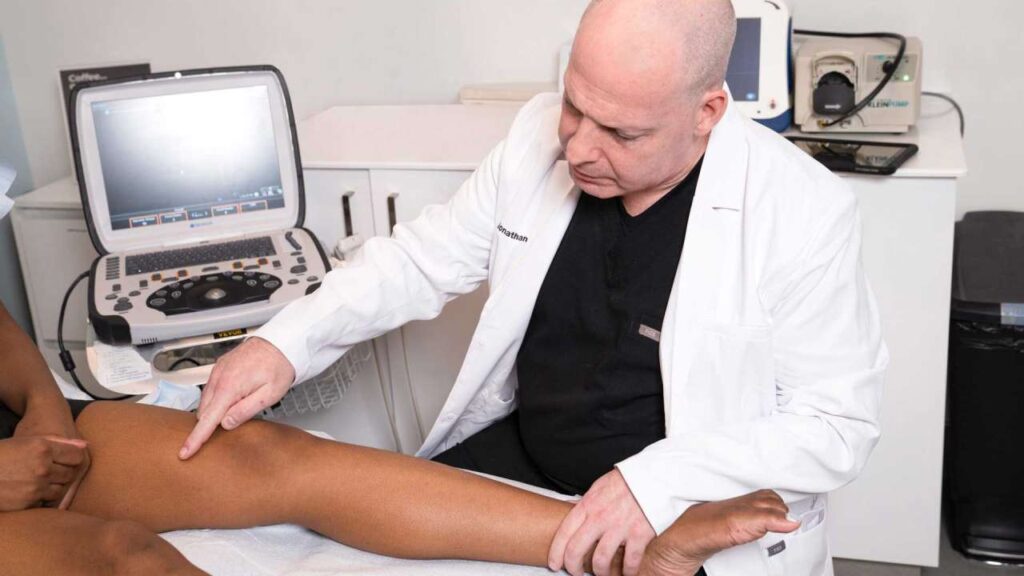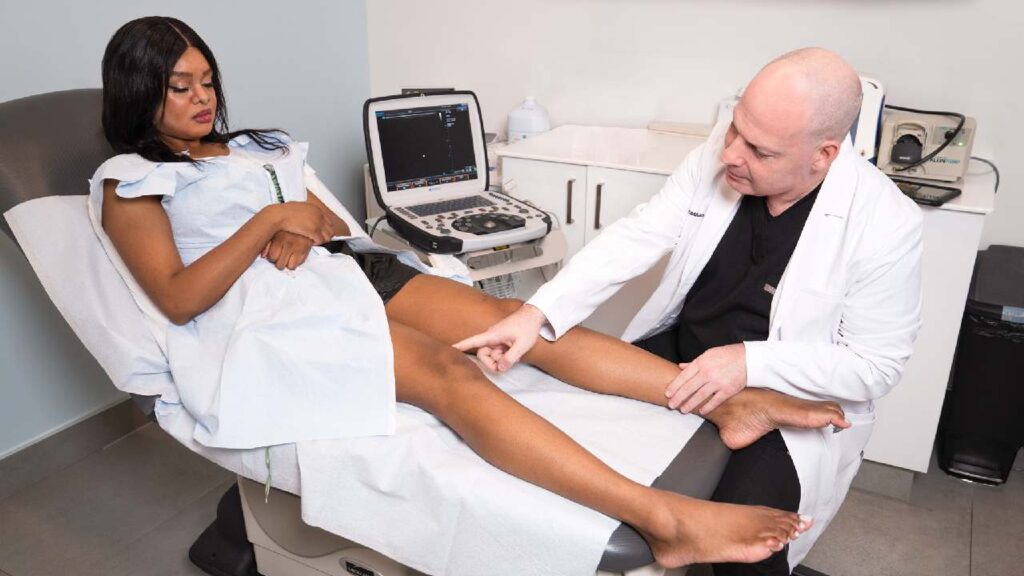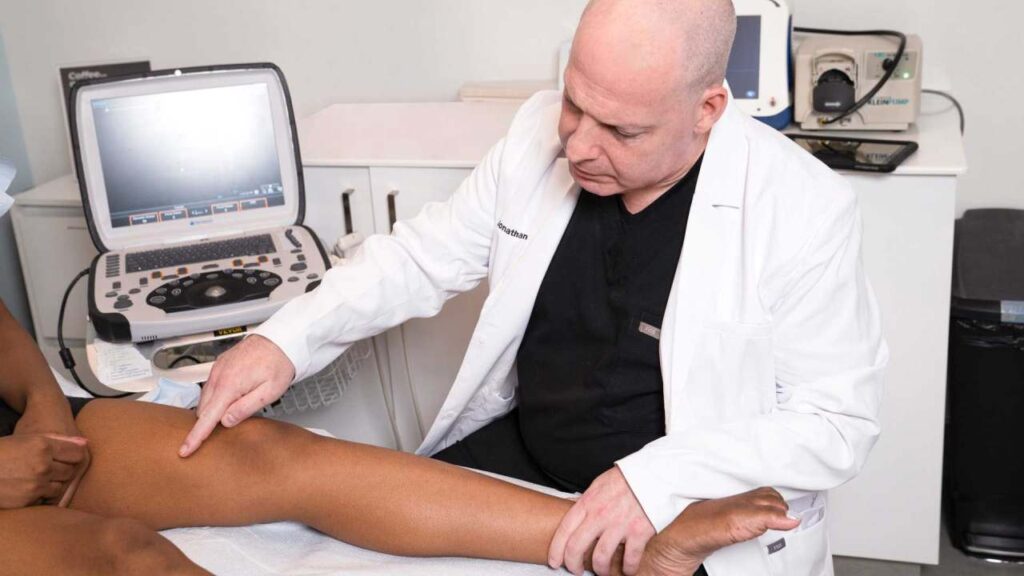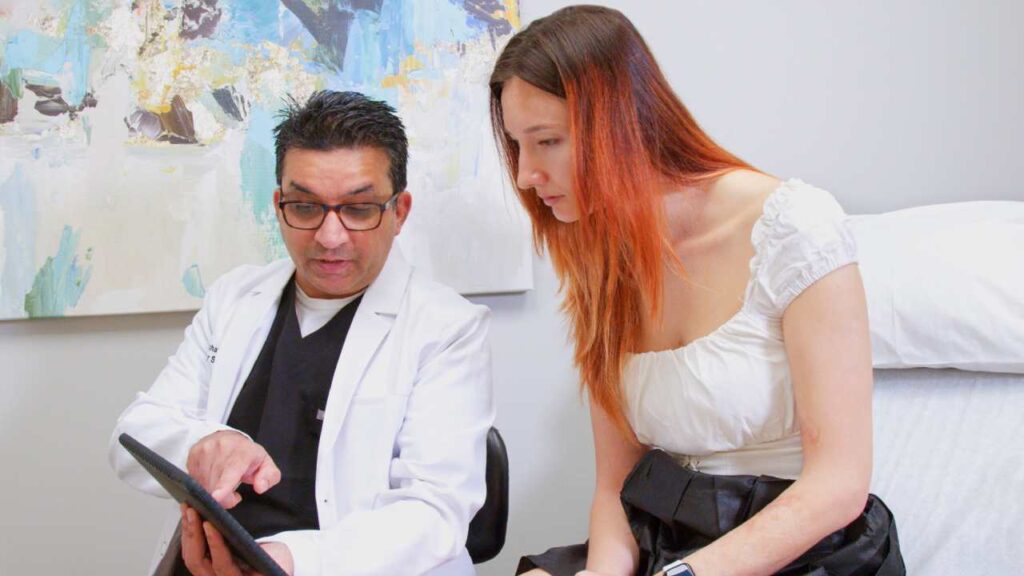Vein ablation is a minimally-invasive, non-surgical treatment offered at Vein Treatment Clinic New York, where you can expect state-of-the-art treatment from world-class doctors. Click HERE to book an appointment at our excellent vein center, or keep reading to learn more about varicose vein ablation and what to expect after this procedure.
Minimally Invasive Treatment
Surgical operations were once the only way to treat spider and varicose veins, but advances in biomedical research have enabled them to be treated with less invasive methods. Minimally invasive procedures, as opposed to a lengthy operation followed by an even longer hospital stay, take around an hour and only require a minor incision. Minimally invasive therapies are less dangerous, take less time to perform, and require less time to recover after being discharged from the hospital.
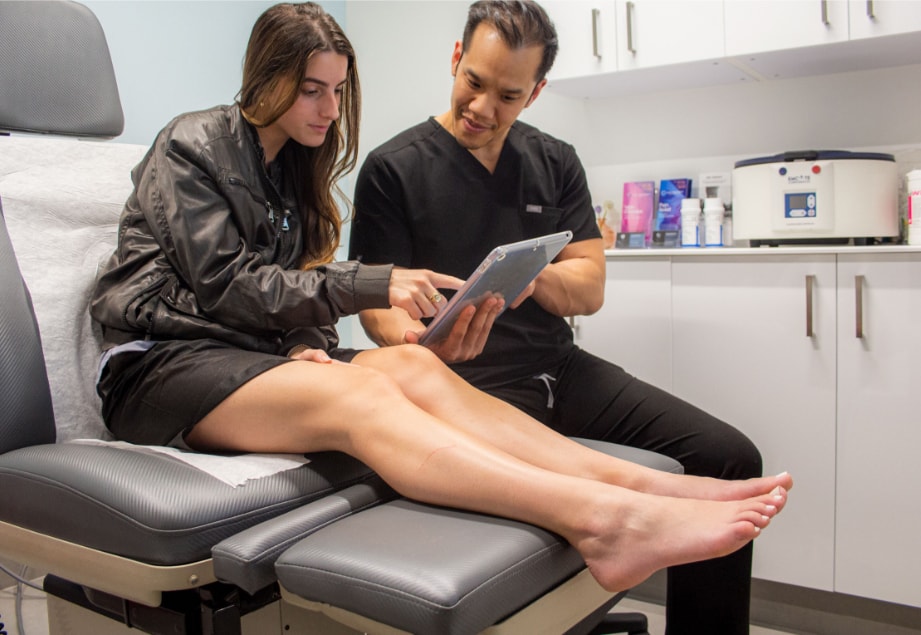
When you plan a visit to a vein treatment center, the vein specialist will analyze you and offer the best minimally invasive treatment method for you. Vein ablation is one of these techniques, which uses heat radiation to seal off wounded veins.
Types of Vein Ablation
There are numerous types of ablation used to treat spider and varicose veins, but radiofrequency ablation has been proved to be safe and effective, with no downtime. The vein specialist will utilize ultrasound imaging to guide a tiny catheter into the compromised vein, where it will send thermal radiation to the vein walls, effectively closing it down. This procedure, which redirects blood flow to healthier veins to enhance circulation and minimize the appearance of spider and varicose veins, has a 97% success rate and is completely painless.
Endovenous laser ablation uses a laser to cause an inflammatory reaction in the vein, forming a seal that allows blood to be rerouted through other healthy veins. Although it appears to be a quick remedy, it requires a week of rehabilitation following a visit to the vein clinic and produces significantly more pain and agony than radiofrequency ablation. For these reasons, it is preferable to avoid this sort of vein therapy technique.
Compression Stockings
Depending on the severity of your spider veins, your doctor may also advise you to wear compression stockings for one to three weeks after your session. Compression stockings apply continual pressure to the blood vessels in the treated areas, decreasing bruising and inflammation. If your vein specialist suggests that you wear compression stockings, they will do a custom-fitting after your treatment so you know what type and size to purchase.
Take A Stroll
As earlier noted, you can resume your normal activities immediately following radiofrequency vein ablation at a vein treatment facility, but there are a few steps you can do to increase the efficiency of the process. Doctors recommend that you begin walking about immediately after your surgery to enhance blood flow to your legs, which will speed up the treatment process and allow you to get the desired results sooner.
Avoid UV Exposure
The final recommendation is to avoid direct sunlight for three weeks, especially in treated regions, and to use SPF60 sunscreen for up to six weeks. If you tan easily, limit your sun exposure to minimize hyperpigmentation and black spots. Avoiding direct sunlight is advised since vein therapy helps to improve the look of spider veins. Sunlight can discolor the skin above the treated veins, making them appear darker than the spider veins.
Alleviation of Varicose Veins
Varicose veins are dark purple, green, blue, or red blood vessels that bulge. They are most usually found in the legs and have a knotted and twisted appearance, as opposed to healthy veins, which tend to be fairly straight. Following vein ablation, blood can be rerouted into healthy veins to improve circulation and reduce the appearance of these varicose veins.
Decreased Pain in Legs
Vein insufficiency is often associated with several types of leg pain, including:
- Leg fatigue and swelling in the feet or ankles as a result of blood pooling in the lower extremities.
- Leg cramps caused by a lack of circulation, which normally transports away excess lactic acid created by regular muscular activity
- Itchy, burning, or painful varicose and spider veins
Vein ablation at a reputable venous clinic can cure all of these different types of leg discomfort. This minimally invasive procedure can assist you in regaining the quality of life you may have lost owing to leg pain or discomfort.
If you’re ready to begin your vein ablation journey, you now know what will happen following your treatment and what results to expect. Book your appointment at the Vein Treatment Center New York in Manhattan or Long Island and go into your appointment at a vein center in New York feeling more prepared and informed about your treatment plan!
